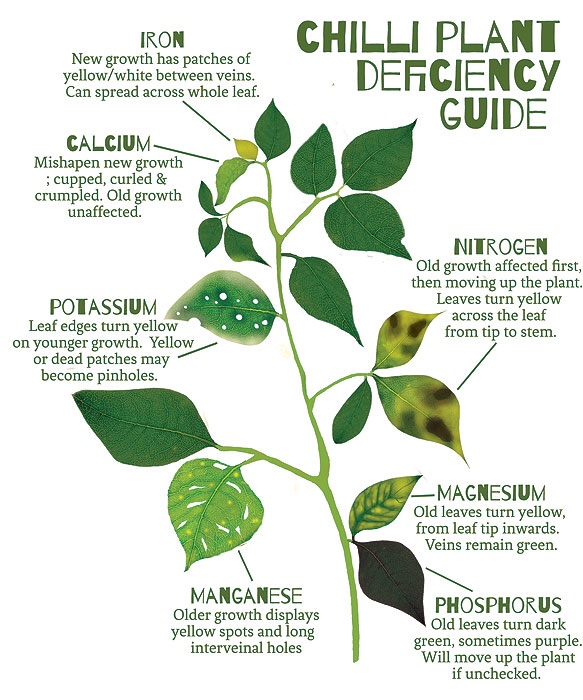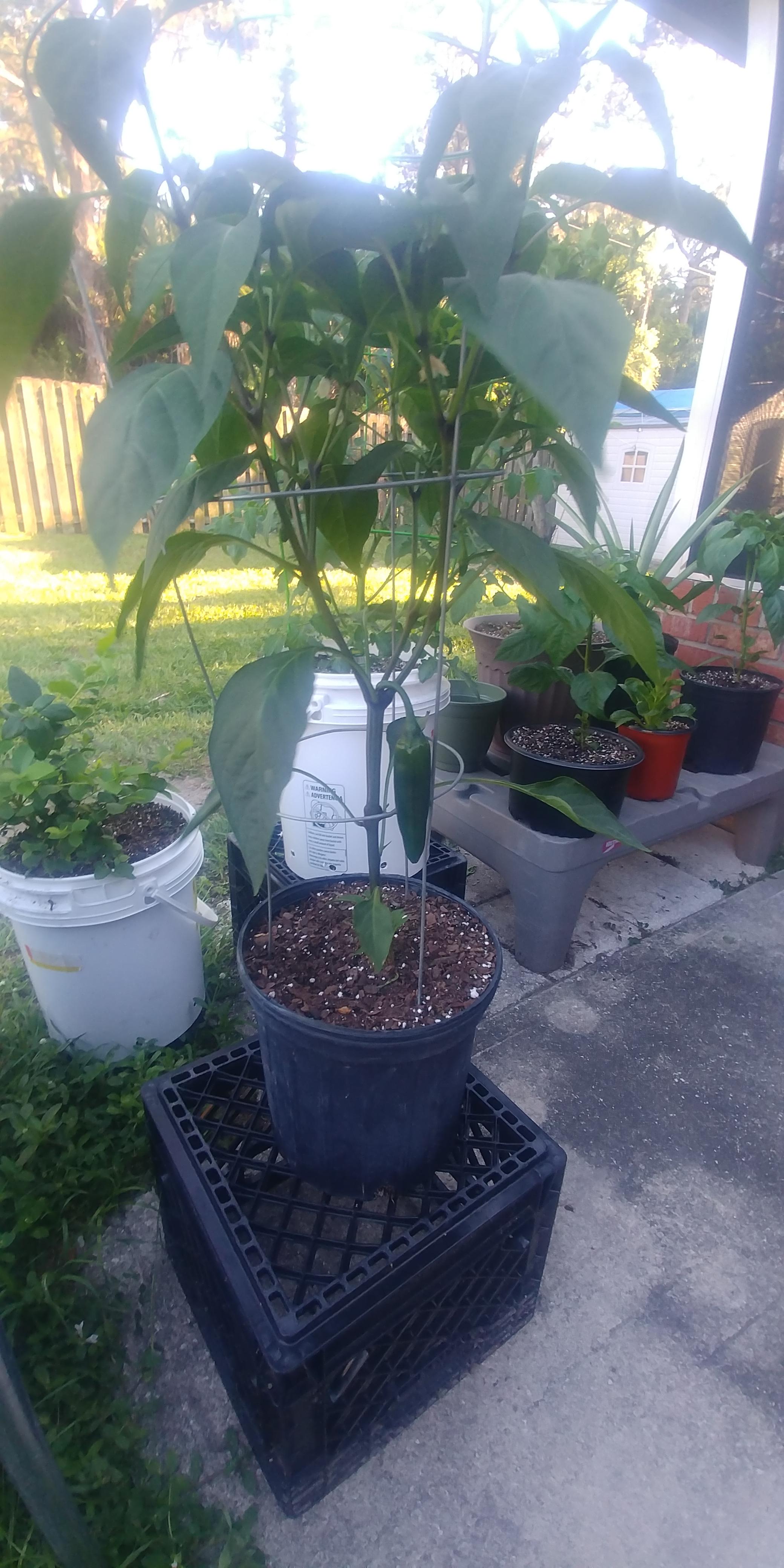sirex said:
There in lies the problem.
You're not looking to complicate things and want to keep it simple. You're not going to get an Explain it like I'm 5 answer while keeping it simple-necessarily. Sure you can have a list of what to add and put in but the way that it works might get a bit complicated until you understand it. And above you stated that the anecdotes don't tell you WHY it works.
Personally when these guys who have a lot of knowledge start talking like Solid7 and NEChileman I kind of gloss over internally. Not because it's boring but rather because it's out of my league.
This forum has a lot of really good info. I remember my first year here I dug through a looooot o old threads.
Check this thread out http://thehotpepper.com/topic/10245-all-about-soil-a-great-resource-i-thought-i-would-share/
Thanks! I'll poke around some more. I was hoping for a more-consolidated guide, but that doesn't seem to be available. So, I'll try to dig a little deeper and do some more research. I did see the "All about soil" thread that you linked. It has some good info on the major components of soil, but doesn't really include much information on why components are good/bad or fertilizing during grow season. Still, I'll probably bookmark it for the future. I plan to use ProMix for an easy start. (I'm growing in containers.)
Thanks for this! The labeled diagram and details will help a ton.Ghost Pepper Revolution said:
The reason I didn’t go into full detail is because most of what I posted was self explanatory. Here’s the reasons behind what I included in my list, now mind you every area of the country has different soil make up. Most of you northern folks have fantastic soil and putting in the ground with some mycorrhizae on the roots might be enough
Organic fertilizer: peppers eventually deplete soil nutes (granules slowly break down) miracle gro is synthetic and I don’t want that in my body.
mycorrizhae: Fungus breaks down nutes to a much smaller level allowing plants roots to absorb at a much faster rate (it can make an alkaline soil feel like acidic to peppers, I.e. ph lockout)
Epsom salt: magnesium helps the plants chlorophyll production
Iron-tone supplement: plants need iron and a deficiency will manifest in leaf color usually
Blueberry acidifier: takes an alkaline soil and slowly turns it acidic through sulfur and bacteria change (if the mycorrhizae die off then your plants won’t go ph lockout)
This will help new growers immensely when figuring out why the plant is acting up

I guess my definition of "basic" goes beyond what others equate as basic advice or information. What I should probably look around for is more of a class on growing peppers, if those exist. Wanting to learn more about the details is just a thing for me, I guess. I'm an engineer, so understanding some basics about how these additives interact with the plant feel like they're important, to me. I don't need a full-on chemistry class, but the diagram above is the kind of stuff I'm looking for.
Anyway, I'm derailing the thread! My apologies...
As for ferts, as I mentioned earlier, I had purchased the General Hydroponics 3-part Flora liquid fertilizers. I'll continue trying these this year and see how they go. Thanks to GPR, I now think my last few seasons have had big lack of magnesium, with yellowing leaves dropping off the plants half-way through the grow season. And reading around, epsom salts are a big thing. Time to mix up my own spray!


